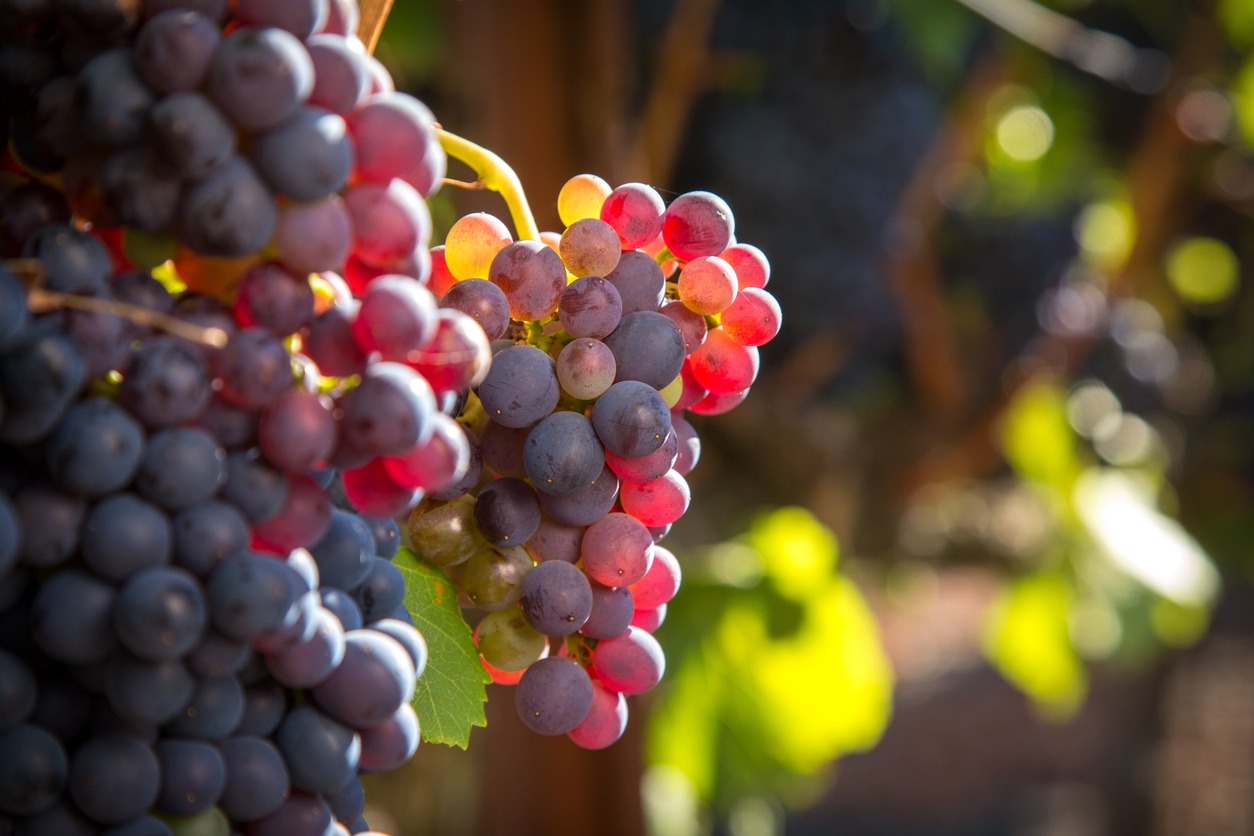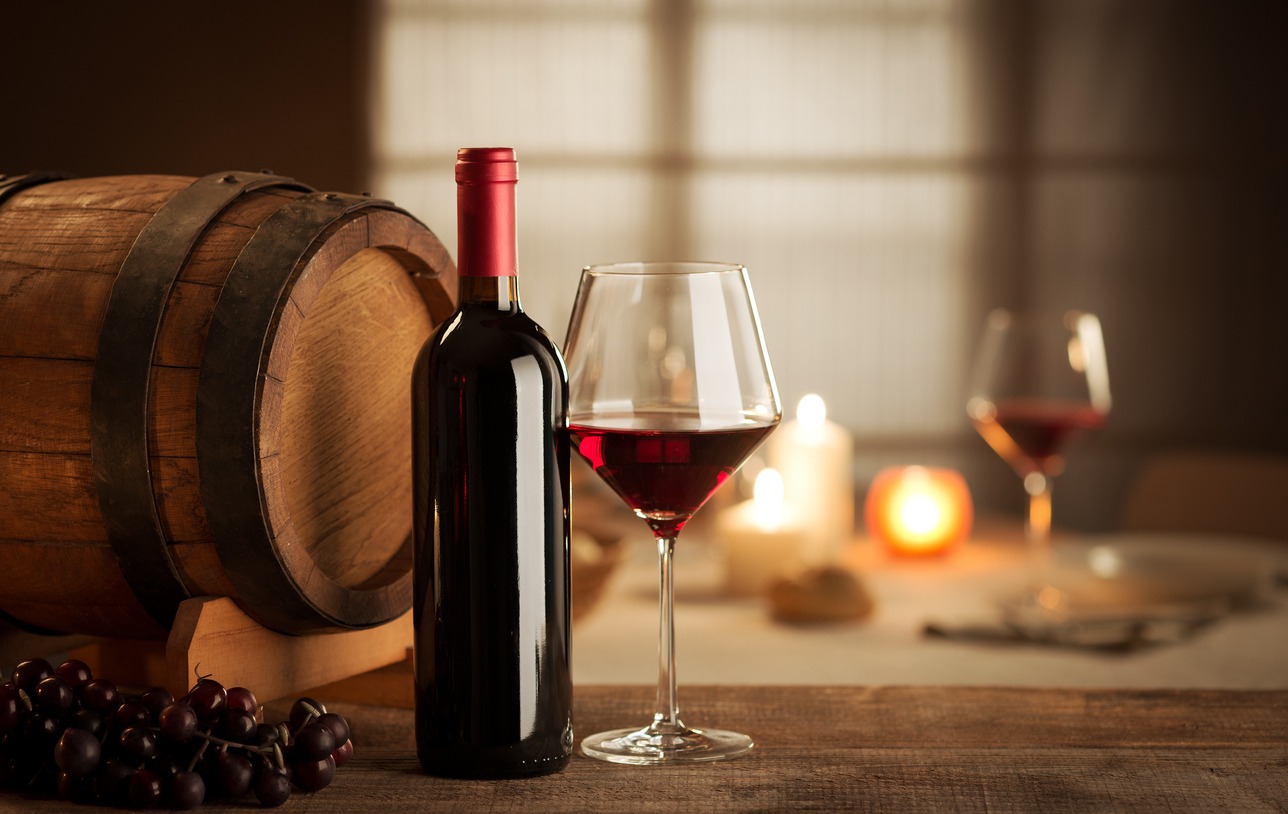Nestled in the south of France, the Languedoc region is a gem in the world of viticulture, known for its vast and diverse wine-producing areas. With a rich history dating back to Roman times, Languedoc has evolved to become one of the largest and most dynamic wine regions in France.
Languedoc’s unique geographical location, bordered by the Mediterranean Sea to the south and the mountains to the north, creates an ideal environment for vine cultivation. This article highlights Languedoc’s natural compatibility with wine production, discussing the climate, soil, grape varieties, and innovative winemaking techniques that define this prolific wine region.
What is Languedoc?
Languedoc, a region located in the south of France, is an area rich in history and natural beauty. Known for its diverse landscapes that range from the Mediterranean coastline to the rugged mountains and rolling vineyards, Languedoc offers a glimpse into a land of contrasts and traditions. The region’s history is marked by its significant role during the Roman Empire, visible through the numerous historical sites and ruins that dot the landscape.
In addition to its historical significance, Languedoc is renowned for its contributions to the culinary and wine world. The region stands as one of the largest wine-producing areas in France and is known for the quality and variety of its wines. The favorable Mediterranean climate, characterized by hot summers and mild winters, along with the diverse soil types, makes Languedoc an ideal location for viticulture. This has led to the production of a wide range of wine styles, from robust reds to refreshing whites and rosés.
Culturally, Languedoc is a melting pot of influences, reflecting its history as a crossroads of various civilizations. This is evident in its architecture, traditions, and the Occitan language, which has its roots in the region. This, combined with its scenic beauty and historical richness, makes Languedoc not just an important wine region but also a captivating destination for travelers seeking to experience the essence of southern France.
Reasons Why Languedoc is a Good Wine Region
Languedoc has established itself as a premier wine region for several compelling reasons:
- Ideal Climate: Languedoc enjoys a Mediterranean climate characterized by hot, dry summers and mild winters. This weather pattern is optimal for growing a wide variety of grapes, contributing to the region’s diverse wine offerings. The consistent sunshine ensures that grapes reach perfect ripeness, which is essential for producing quality wines.
- Diverse Terroir: The region boasts a rich mosaic of soils, including limestone, schist, clay, and gravel. This diversity allows for a wide range of grape varieties to be cultivated, each expressing unique characteristics influenced by their terroir. Such variety ensures a broad spectrum of wine styles and flavors, catering to all palates.
- Historical Significance: Languedoc’s winemaking history dates back to the Roman era, providing a deep understanding and tradition of viticulture. This long history translates to generations of knowledge and expertise in wine production, contributing to the high quality of Languedoc wines.
- Innovative Winemaking: Languedoc is known for its innovative approach to winemaking. Winemakers in the region are not afraid to experiment, often blending traditional and modern techniques. This innovative spirit has led to the creation of unique and exciting wines.
- Wide Variety of Grapes: The region is home to numerous grape varieties, both native and international. From well-known grapes like Syrah, Grenache, and Chardonnay to local varieties like Picpoul and Mourvèdre, Languedoc’s vineyards produce a rich array of wines.
- Value for Money: Languedoc wines are often noted for their excellent value. Despite the high quality, many wines from this region are reasonably priced, making them accessible to a wide range of wine enthusiasts.
- Sustainable Practices: There’s a growing trend towards sustainability in Languedoc. Many winemakers are adopting organic and biodynamic practices, enhancing the quality of their vineyards and wines while protecting the environment.
The Most Popular Wines from Languedoc
Languedoc, a region celebrated for its diverse wine offerings, produces some of the most popular and distinctive wines in France. Here’s an overview of the most notable wines from this region:
- Languedoc AOC Reds: These red wines are known for their rich, full-bodied nature, often made from grape varieties such as Grenache, Syrah, and Mourvèdre. They typically feature deep fruit flavors, with notes of herbs and spices reflecting the region’s terroir.
- Picpoul de Pinet: A crisp, refreshing white wine, Picpoul de Pinet is made from the Picpoul grape. It’s renowned for its bright acidity and flavors of green apple, citrus, and floral notes, making it a perfect pairing for seafood, especially oysters.
- Minervois AOC: This red wine, produced in the Minervois area, is known for its robust and complex character. Blends usually include Syrah, Grenache, and Carignan, offering flavors of dark fruit, pepper, and sometimes a hint of earthiness.
- Corbières AOC: One of the largest appellations in Languedoc, Corbières produces predominantly red wines known for their rich and hearty flavors. These wines often have a rustic edge, combining fruitiness with herbal and spicy notes.
- Saint-Chinian AOC: The wines from Saint-Chinian are primarily red and are appreciated for their elegance and balance. Made from a blend of Grenache, Syrah, Mourvèdre, and Carignan, these wines can range from medium to full-bodied with a mix of fruity and spicy flavors.
- Faugères AOC: Faugères wines are distinguished by their aromatic complexity and smooth texture. The reds, which dominate the production, are known for their deep, intense flavors, often with a note of minerality, attributed to the region’s schist soils.
- Limoux Sparkling Wines: The Limoux area in Languedoc is famous for its sparkling wines, which are made using a traditional method similar to Champagne. These wines are known for their fine bubbles, crisp acidity, and flavors ranging from green apple and citrus to richer, brioche-like notes.
Each of these wines represents the diversity and richness of Languedoc’s wine production, offering a range of flavors and styles that cater to various preferences.
Conclusion
From robust reds to delicate whites and elegant sparkling wines, Languedoc’s offerings are as varied as the region itself. The blend of traditional winemaking methods with modern innovations further enhances the region’s ability to produce distinct wines that continue to gain popularity and recognition globally.



